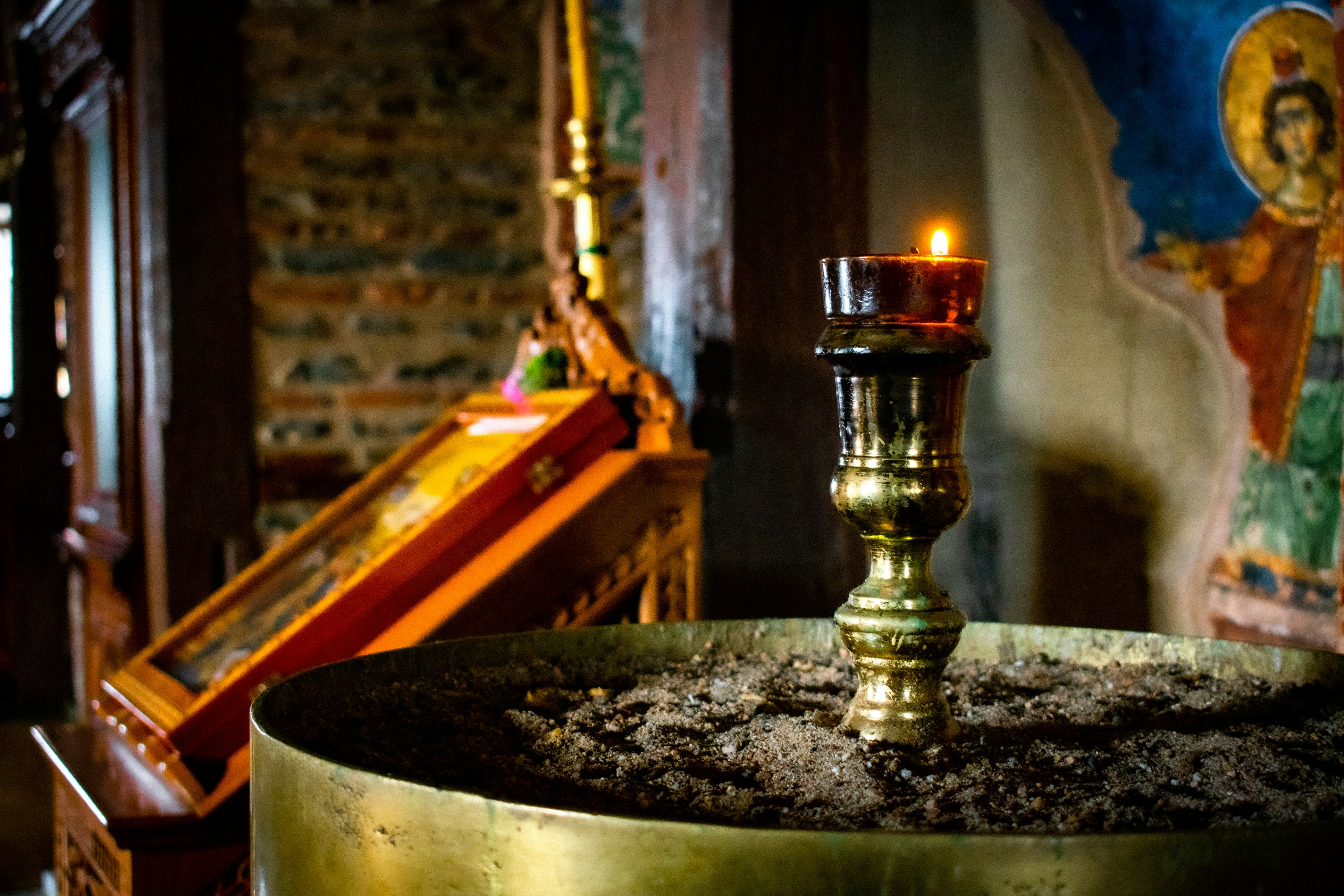
The Power of Light in Sacred Spaces
Light has long been a potent symbol in spiritual contexts, evoking notions of purity, divinity, and enlightenment. In sacred spaces, the natural interplay of light significantly influences the spiritual experience. Whether it is the calming beams of sunlight filtering through tall arched windows or the soft glow of candles, light serves to enhance devotion and connection with the divine. Its presence can transform a mundane structure into a sanctuary of serenity, fostering a unique atmosphere conducive to worship.
The architectural design of many religious buildings incorporates elements that maximize the effect of light. Tall arched windows, prevalent in Gothic cathedrals, are meticulously designed to allow sunlight to cascade into the worship space. As the sun moves across the sky, it casts shifting patterns of light that create a dynamic experience throughout the day. This transformation can evoke a sense of the divine, reinforcing the belief that light is a manifestation of a higher presence. In many traditions, this natural illumination fosters an awareness of the sacred, heightening spiritual encounters during prayer or meditation.
Various religious practices exemplify the significant role of light in creating a sacred atmosphere. In Hindu temples, the morning sunlight ignites rituals, illuminating altars adorned with offerings. In Buddhist practices, the flickering flames of candles symbolize spiritual awakening, guiding practitioners toward enlightenment. Likewise, in Christian churches, light is often seen as a metaphor for Christ, with the architecture designed to channel divine light into the space. Each of these examples reinforces the notion that light is not merely a physical presence but an essential element that ignites faith, enhances worship, and deepens one’s connection to the divine.
The Iconography of the Virgin Mary
The Virgin Mary has been a central figure in Christianity and holds significant importance across various faiths, embodying a complex array of meanings and symbolisms. Her iconography, encompassing countless artistic expressions, reveals the depth of her role as a mediator and protector in the spiritual journey of believers. Within Christian iconography, Mary is often depicted in various forms, from the serene Madonna to the sorrowful Mater Dolorosa. Each representation captures different aspects of her character and invites the viewer into a contemplative space of devotion.
Iconography of the Virgin Mary usually incorporates specific elements that enhance her symbolism. These may include the use of colors like blue, which signifies purity and divinity, and white, representing her sinlessness. Additionally, Mary is frequently surrounded by light, symbolizing her role as a guiding force in the lives of the faithful. The imagery of candles, placed in proximity to her icon, serves as another critical element. The act of lighting candles in her presence acts as a form of prayer, symbolizing the illumination of hope and faith. This practice fosters a deeper spiritual connection, as the flickering flame represents the soul’s yearning for divine presence.
Different traditions interpret Mary’s iconography in unique ways. For instance, in Eastern Orthodox Christianity, she is often depicted in an imperial manner, signifying her status as the Theotokos, or God-bearer. Meanwhile, in Roman Catholicism, Mary’s image is frequently used in personal devotions, reflecting the intimate relationship between believers and the divine. The evolution of Mary’s representation across cultures and time periods illustrates her enduring relevance. These diverse interpretations contribute to a rich tapestry of artistic and spiritual expression, highlighting the Virgin Mary as a pivotal figure in fostering personal prayer and devotion.
Acts of Devotion: The Ritual of Prayer
The act of prayer has long been recognized as a deeply intimate and personal expression of devotion, often encapsulated in the serene image of an individual kneeling before the Virgin Mary. This solitary moment represents more than a mere act of speaking to the divine; it underscores the profound relationship one can cultivate through consistent prayer practices. During these silent conversations, individuals often find solace, guidance, and a renewed sense of purpose, fostering a connection that transcends the physical realm.
Prayer serves both personal and communal purposes. While it is an intimate dialogue between the believer and the sacred, it can also resonate within a larger community context. Congregational prayers, for instance, unify voices in shared intention, while individual prayer reinforces personal faith. Each approach highlights the flexible nature of devotion, showcasing how individuals can tailor their communication with the divine according to their needs and circumstances. This duality emphasizes the multidimensional aspects of prayer, allowing each person to experience divine interactions as uniquely significant.
Rituals play a crucial role in enhancing the act of prayer. The practice of lighting a candle or holding a religious symbol can serve as tangible expressions of faith, facilitating a deeper emotional engagement. These rituals become physical manifestations of inner feelings, embodying hope, gratitude, and reverence. As the soft glow of the candle illuminates the space, it symbolizes the flickering flame of faith amidst uncertainty. Each element of the ritual aims to create a sacred atmosphere that invites contemplation, reflection, and an enduring connection to the divine.
In a sacred space, the experience of prayer can invoke a profound sense of peace and belonging. Whether in a cathedral or at home, the convergence of intent and action inspires moments of clarity and emotional resonance, elevating the spirit and reaffirming one’s devotion. The sacred act of prayer, marked by personal rituals and collective unity, transforms ordinary moments into extraordinary encounters with the divine.
The Dance of Doves: Symbols of Peace and Spiritual Guidance
The imagery of white doves descending around the Virgin Mary is rich with symbolic resonance, intimately connected to themes of peace, purity, and divine presence. In numerous religious texts, doves are depicted as messengers of hope, embodying the essence of the Holy Spirit. This representation can be traced back to biblical narratives, where doves often serve as symbols of reconciliation and enlightenment. Their gentle demeanor and graceful flight evoke feelings of serenity, inviting believers and seekers alike to reflect on the harmonious relationship between the divine and the natural world.
In the context of spiritual experiences, the appearance of doves serves as a reminder of the tranquility that faith can inspire. The association of doves with purity highlights the sanctity of the moment when they circle around the Virgin Mary. This scene illustrates not only the grace of the divine but also emphasizes the interplay between earthly beings and celestial guidance. The white dove has historically represented the promise of peace, often seen as a harbinger of hope amidst trials and tribulations.
The presence of doves, with their soft coos and tranquil movements, creates a profound atmosphere during moments of contemplation. They signify a gentle encouragement to embrace a deeper spiritual journey. Through the lens of religious teachings, the dove’s flight accompanies humanity’s quest for understanding and belonging, providing insights into the nature of faith. Their graceful dance in the air manifests to followers as a divine embrace, reinforcing the belief that spiritual guidance is ever-present, even in the chaos of life. This enchanting representation invites a deeper exploration of the connections shared between heaven and earth, ultimately fostering an appreciation for the intertwining of nature and spirituality.







